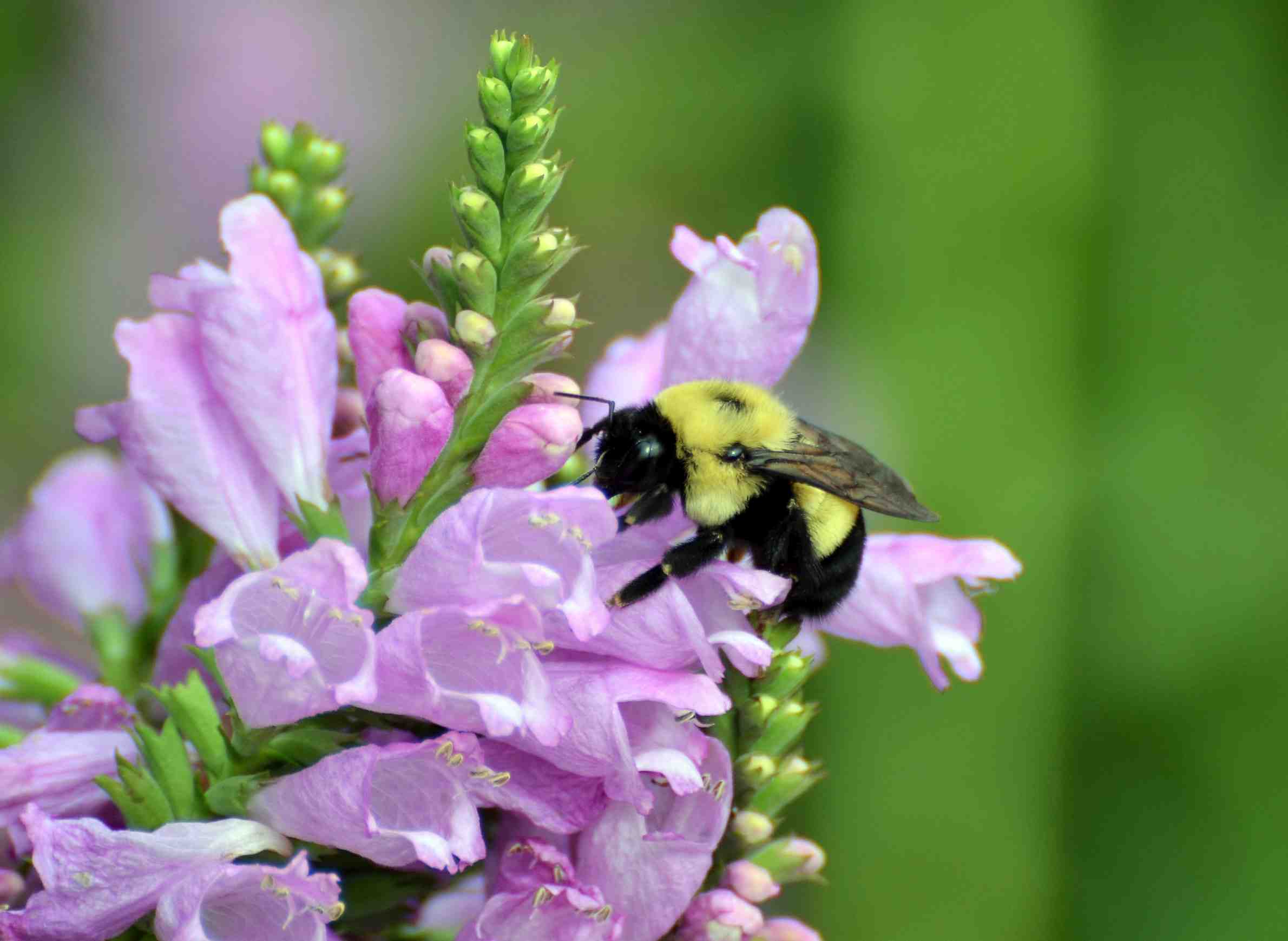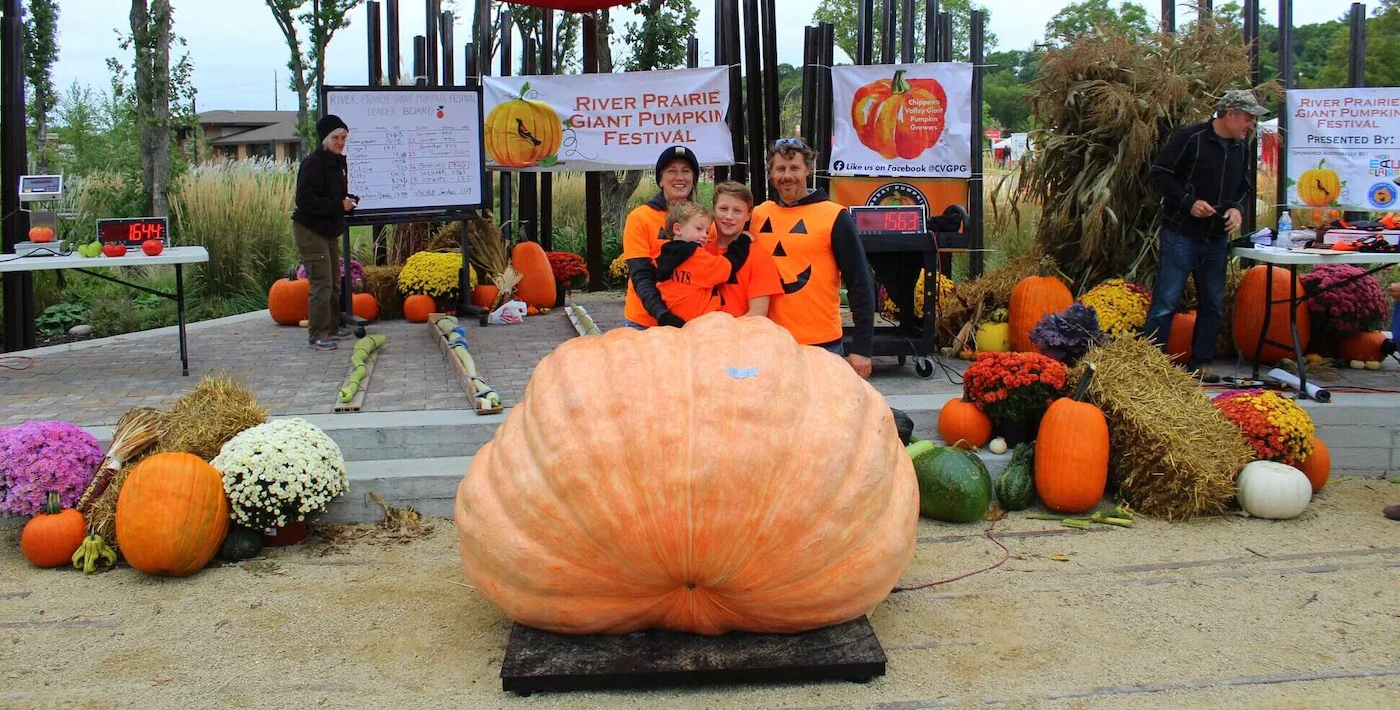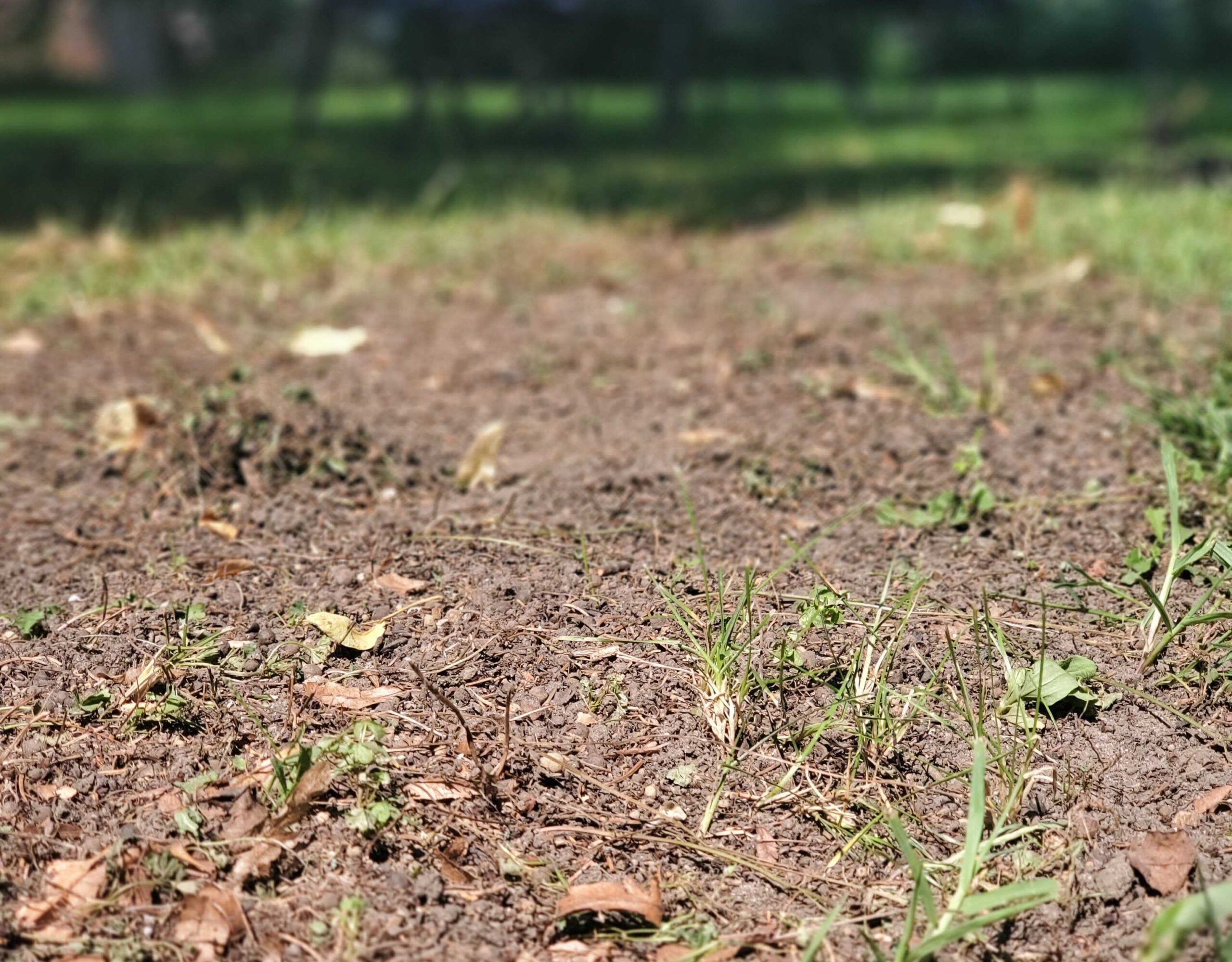If a rose by any other name is still a rose, does that apply to weeds as well? Larry Meiller finds out what qualifies as a weed, and which are most common in North America.
Featured in this Show
-
When Does A Plant Become A Weed?
In the world of plants, there’s a strict process for naming and categorizing different species that isn’t really up for debate. But, to label a plant as a weed is a much more subjective appellation.
Richard Dickinson has taught plant taxonomy for more than 25 years, so he’s well-versed in plant names. But, he is also fascinated by the concept of weeds, and has written several books on the topic. The most recent, co-written with France Royer, is “Weeds of North America.”
Dickinson’s definition of a weed is quite simple.
“It’s plant that’s out of place,” he said. “Some people may grow a plant in the yard and enjoy it, whereas in another part of the country it may be quite weedy and detrimental to the environment and to other plants living in the area.”
The concept of weeds is not a new phenomenon, Dickinson said. He explained that weeds have been an issue for humans since they first started cultivating crops about 10,000 years ago. But while weeds have been around for millennia, Dickinson said that it is really in the last 400 years that their spread has been “explosive.”
In North America, for example, immigrants from Europe brought over plants that had been desirable on their native continent, but that grew very differently in the New World’s climate and environment. Some didn’t survive, but others thrived more than the settlers wanted them to. The trend was particularly prevalent where natural pests were no longer present to act as a check on their spread.
Dickinson said that “successful” weeds often share certain characteristics. One is fast growth. He said that perennial weeds that are able to produce flowers and fruit within the first year after germination are usually able to compete successfully with other nearby vegetation.
Another trait of successful weeds is a root system that allows for storage of significant supplies of energy. Dickinson used the extremely invasive kudzu plant as an example. He said that their tuberous roots weigh up to 100 pounds and are full of starchy food reserves that make eradicating the plant through methods like mowing nearly impossible.
Similarly, plants whose roots grow much deeper than those of the plants around them also have an edge because they are much harder to eliminate.
“Some plants like field bindweed, which grows in Wisconsin, have roots that can go up to 100 feet deep. You’re not going to dig those out,” Dickinson said.
High seed production is also a hallmark of a successful weed. Dickinson said that a single purple loosestrife plant, for example, can produce up to 3 million seeds — a big problem for Wisconsinites battling that invasive.
“Even if you have a 10 percent survival rate, you still have a lot of new seedlings coming up,” Dickinson said.
Another element of success with weeds is linked to seeds and how long they can remain dormant in the ground and still be viable.
“In some plants, that’s up to 100 years. So you would be continually working that property to get rid of that plant over time. You wouldn’t live long enough, so you’d have to leave it your children and their children to deal with it,” Dickinson said.
Episode Credits
- Larry Meiller Host
- Judith Siers-Poisson Producer
- Richard Dickinson Guest
Wisconsin Public Radio, © Copyright 2024, Board of Regents of the University of Wisconsin System and Wisconsin Educational Communications Board.





